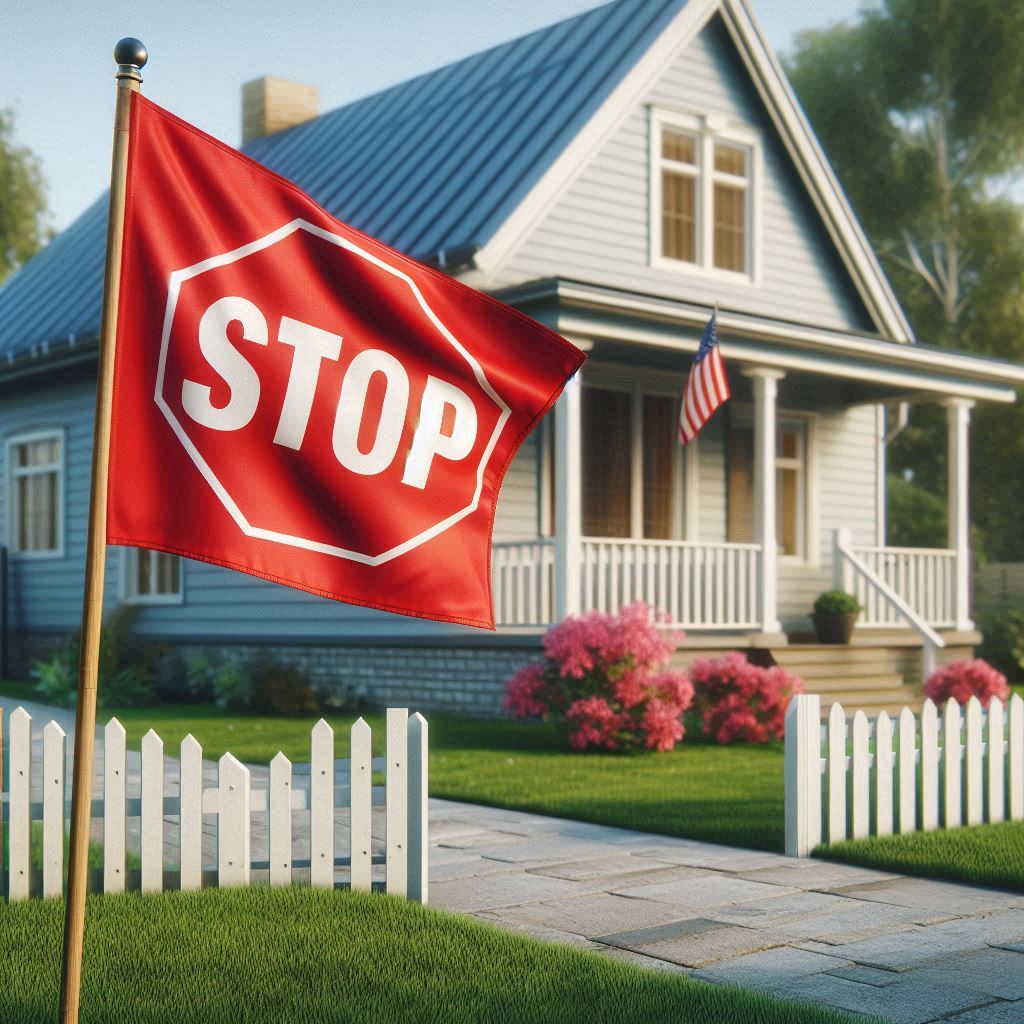What are the biggest no-go, should not buy the house
When looking at homes, there are some big red flags that usually indicate you should walk away. Here are a few of the major ones:
1. Foundation and Structural Issues
- Cracks or Uneven Floors: Significant foundation cracks or uneven floors can point to structural issues. Fixing a damaged foundation is very expensive.
- Leaning Walls: If walls or floors look tilted or misaligned, it could indicate serious structural problems.
2. Water Damage and Drainage Problems
- Basement Flooding: Signs of frequent flooding (like water stains, mold, or mildew smell) suggest drainage issues. This can lead to mold and costly repairs.
- Poor Grading Around the Property: If water pools around the foundation, it could cause long-term water damage.
- Roof Leaks: Roof damage is a major concern. Look for water stains on the ceiling, especially near edges or vents.
3. Outdated Electrical or Plumbing Systems
- Old Wiring (like knob-and-tube): Outdated wiring can be a fire hazard. Rewiring is expensive and invasive.
- Poor Water Pressure or Rusty Water: This may indicate old plumbing, which can be costly to replace.
- Polybutylene Pipes or Other Low-Quality Materials: Certain plumbing materials are prone to breaking or leaking, and replacing plumbing is a major expense.
4. Signs of Pest Infestation
- Termites, Carpenter Ants, or Rodents: Pests can cause significant damage, especially termites. Look for mud tubes, sawdust piles, or hollow-sounding wood.
5. Environmental Concerns
- Radon, Asbestos, or Lead Paint: Homes built before the 1980s may contain lead paint or asbestos. Radon can also be a problem in certain areas, so it’s wise to test for it.
- Floodplain Location: Properties in a floodplain are more susceptible to damage and may come with high insurance premiums.
6. DIY or Shoddy Renovations
- Unpermitted Additions: Unpermitted work can be unsafe and cause issues with property value or reselling.
- Signs of Poor Workmanship: Visible shortcuts, such as uneven tile, poor paint jobs, or unprofessional wiring, could mean there are deeper issues in the home.
7. Major Roof, HVAC, or Foundation Repairs Needed
- Old Roof (20+ Years): Roof replacement is costly. If the roof shows wear or damage, budget for a replacement.
- Outdated HVAC System: Heating and cooling systems have a lifespan of around 15-20 years. Replacement can be expensive, and inefficient systems will cost more in energy bills.
- Foundation Issues: Cracks or sinking foundations are costly and complex to repair.
8. Negative Location Factors
- Noise Pollution: Proximity to highways, airports, or train tracks can make it hard to resell or enjoy the home.
- Neighborhood Decline or High Crime Rate: Homes in declining or high-crime areas can be difficult to resell and may not appreciate in value.
9. Historical Issues or Property Liens
- Unresolved Liens or Legal Issues: A title search should reveal any liens, unpaid taxes, or ownership disputes that could complicate the purchase.
- Known History of Damage (Fire or Flood): Homes with a history of major damage may have lingering issues or be harder to insure.
If you encounter any of these red flags, it’s often a good idea to pause and get a professional opinion or even consider walking away, especially if multiple issues are present.






